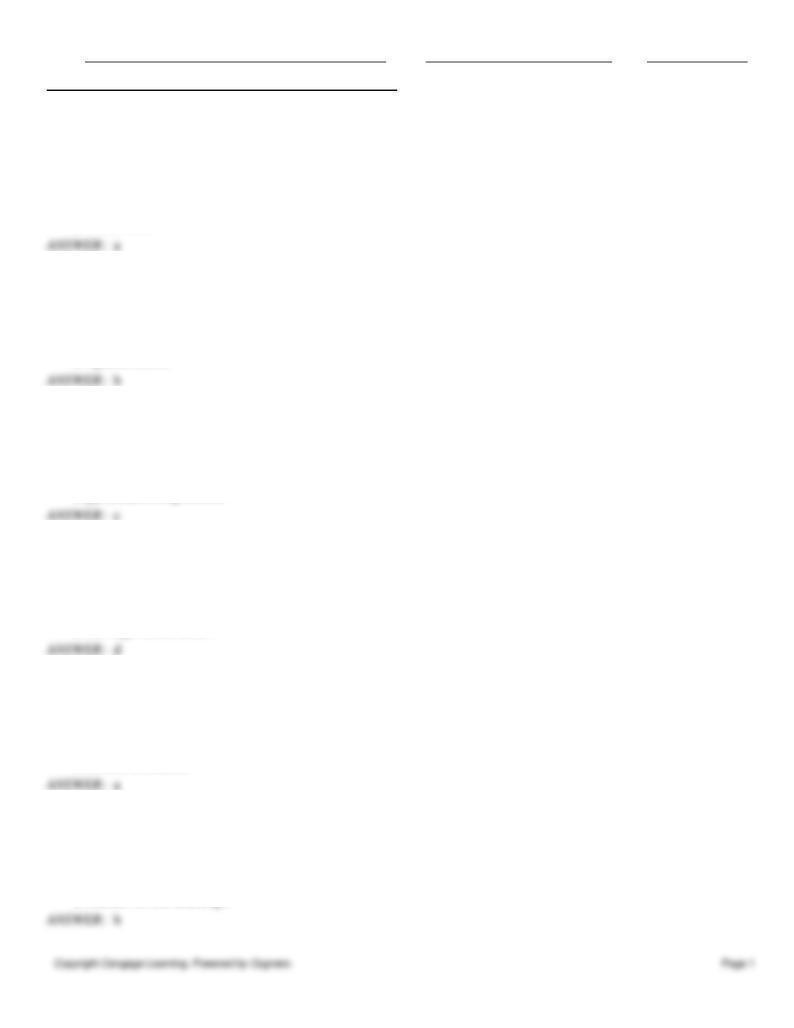
Name:
Class:
Date:
Chapter 09: High Renaissance and Mannerism in Europe
Multiple Choice
1. _____ was the word used to describe the expressive character of Michelangelo’s works.
a.
Terribilità
b.
Sfumato
c.
Chiaroscuro
d.
Mannerism
2. The art commissioned by Julius II broadly reinforced the primacy of _____.
a.
his family
b.
the Catholic Church
c.
Renaissance scholars
d.
Spanish artists
3. Michelangelo’s art focused on the expressive power of _____.
a.
landscape
b.
abstract forms
c.
the human figure
d.
pyramidal compositions
4. Scholars refer to the artistic period from 1495 to Raphael’s death in 1520 as _____.
a.
the Great Schism
b.
the Counter-Reformation
c.
Mannerism
d.
the High Renaissance
5. After departing from Florence, Leonardo entered the service of _____ in Milan.
a.
Ludovico Sforza
b.
Julius II
c.
Philip II
d.
Donato Bramante
6. Leonardo united his figures in Madonna of the Rocks through _____.
a.
exaggerated contrasts of light and dark
b.
gestures
c.
discordant colors
d.
markers in the landscape
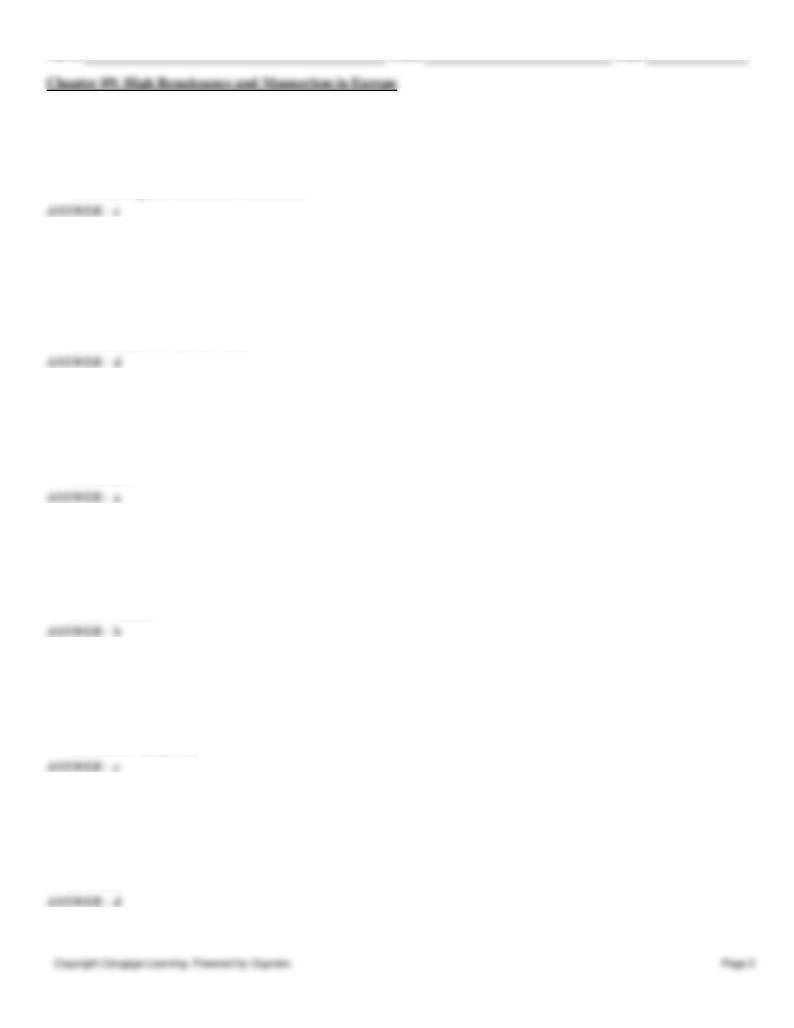
Name:
Class:
Date:
7. The poor condition of Leonardo’s Last Supper can be attributed to his experimentation with medium and _____.
a.
the use of buon fresco
b.
the cold climate of Milan
c.
his use of a secco application
d.
its subsequent relocation to a museum
8. Departing from earlier portraits, Leonardo’s presentation of Mona Lisa was not only an indication of status but also
_____.
a.
hinted at her divinity
b.
a proclamation of his love
c.
an allegory of death
d.
the likeness of an individual
9. Leonardo’s subtle adjustment of light and blurring of contours is described as _____.
a.
sfumato
b.
terribilità
c.
poetic
d.
colorito
10. Julius II gave Raphael the prestigious commission to decorate _____.
a.
the altar at Saint Peter’s
b.
the papal apartments
c.
the town hall
d.
his fountain
11. _____ by Raphael depicts a gathering of philosophers and scientists of the ancient world.
a.
Pietà
b.
Madonna in the Meadow
c.
Philosophy
d.
Pastoral Symphony
12. A symbol of the Republic, Florence commissioned Michelangelo to sculpt _____ for the Palazzo della Signoria.
a.
French Ambassadors
b.
Rape of the Sabines
c.
Venus of Urbino
d.
David
13. Scholars believe that the woman beneath God’s arm in Michelangelo’s Creation of Adam is _____.
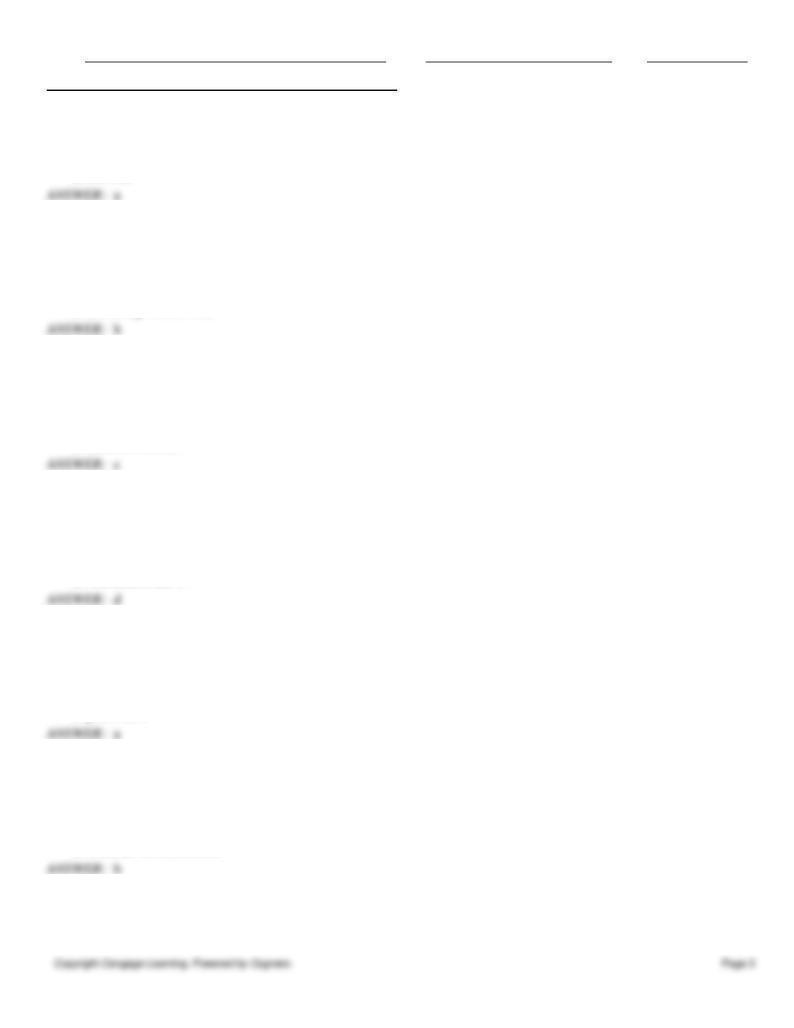
Name:
Class:
Date:
Chapter 09: High Renaissance and Mannerism in Europe
a.
the Virgin Mary
b.
a human soul
c.
Mary Magdalene
d.
his wife
14. The Catholic efforts to counteract the effects of Protestantism is called the _____.
a.
Jesuit order
b.
Counter-Reformation
c.
Union of Arras
d.
Habsburg-Valois wars
15. _____ developed the High Renaissance form of the central-plan church.
a.
Raphael
b.
Francis I
c.
Donato Bramante
d.
Juan de Herrera
16. Pope Julius II made the decision to replace _____.
a.
the Colosseum
b.
Belvedere
c.
Villa Rotonda
d.
Old Saint Peter’s
17. First used by Alberti at Sant’Andrea, Michelangelo incorporated the _____ on the exterior of Saint Peter’s.
a.
colossal order
b.
grid plan
c.
dormers
d.
pediments
18. Conceived as a great hall with side chapels, the design of Il Gesù was based on _____ by Alberti.
a.
Villa Rotonda
b.
Sant’Andrea
c.
El Escorial
d.
Château de Chambord
19. The _____ was especially important in the Counter-Reformation efforts to reassert the standing of the Catholic
Church.
a.
Pope’s army

Name:
Class:
Date:
Chapter 09: High Renaissance and Mannerism in Europe
b.
Byzantine empire
c.
Jesuit order
d.
humanist scholars
20. _____ was the chief architect of the Venetian Republic.
a.
Jacopo Tintoretto
b.
Titian
c.
Mathias Grünewald
d.
Andrea Palladio
21. Venetian painting is generally described by scholars as _____.
a.
poetic
b.
sfumato
c.
disegno
d.
mystical
22. _____ has been identified as the artist who introduced the different approach of Venetian art.
a.
Hans Holbein
b.
Giorgione da Castelfranco
c.
Donato Bramante
d.
Bronzino
23. A pupil of Giorgione _____ became painter of the Venetian Republic.
a.
Parmigianino
b.
Giacomo della Porta
c.
Titian
d.
Raphael
24. In his Assumption of the Virgin, Titian used _____ to increase the dramatic effects.
a.
gold leaf
b.
small, intimate scale
c.
solemn figures
d.
vibrant color
25. _____ emerged in Italy after 1520 as a distinctive artistic style.
a.
Mannerism
b.
Colorito
c.
Poesie
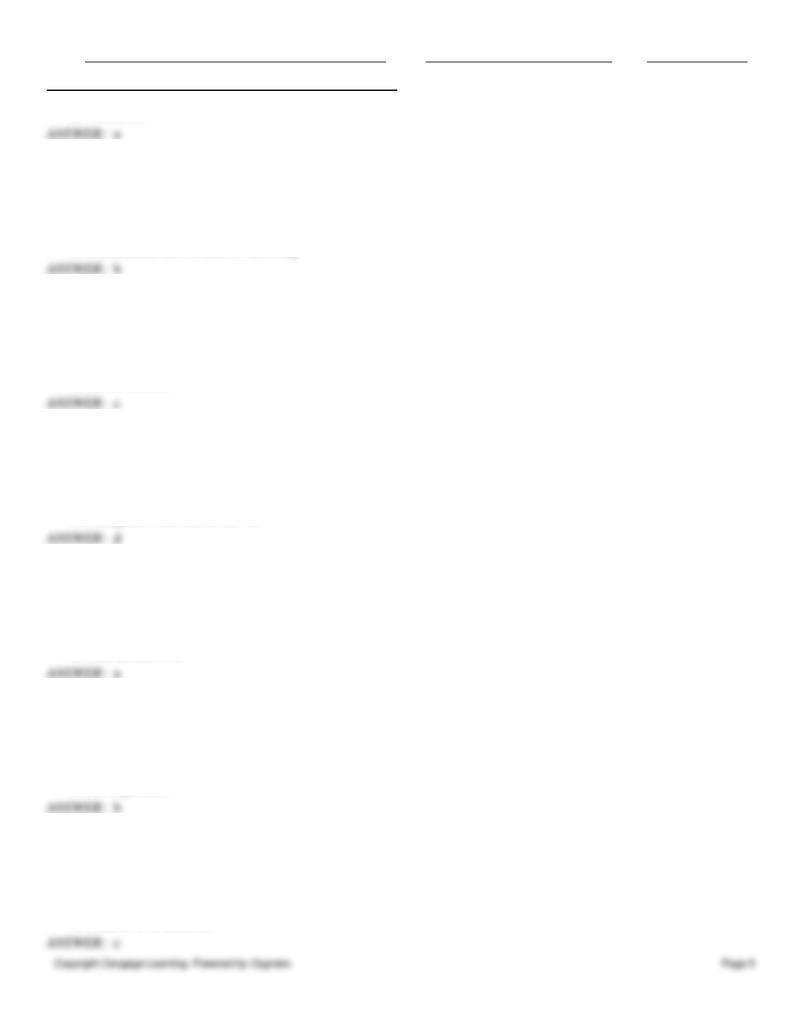
Name:
Class:
Date:
Chapter 09: High Renaissance and Mannerism in Europe
d.
Tenebroso
26. Why did Parmigianino elongate the Virgin’s neck in his elegant painting Madonna with the Long Neck?
a.
It was a sign of beauty in the Renaissance.
b.
Medieval hymns compared Mary to an ivory tower or column.
c.
To balance the two sides of the painting.
d.
It connected her to Christ’s suffering.
27. _____ applied Mannerist principles to his sculpture.
a.
Giacomo da Vignola
b.
Palladio
c.
Giambologna
d.
Giulio Romano
28. Considered an example of Mannerist architecture, the _____ has several structural surprises and contradictions.
a.
Il Gesù
b.
Villa Rotonda
c.
El Escorial
d.
courtyard of the Palzzo del Tè
29. The ideas of _____ eventually led to a prolonged war between Protestants and Catholics.
a.
Martin Luther
b.
Francis I
c.
the Council of Trent
d.
Jean de Dintville
30. The destruction of religious images that occurred during the Protestant Reformation is called _____.
a.
the Counter-Reformation
b.
iconoclasm
c.
secularism
d.
the Inquisition
31. The appearance of _____ in the imagery of the Isenheim Altarpiece reflect its location next to a hospital.
a.
the Last Judgment
b.
Mary’s coronation
c.
saints associated with healing
d.
Lazarus’s resurrection
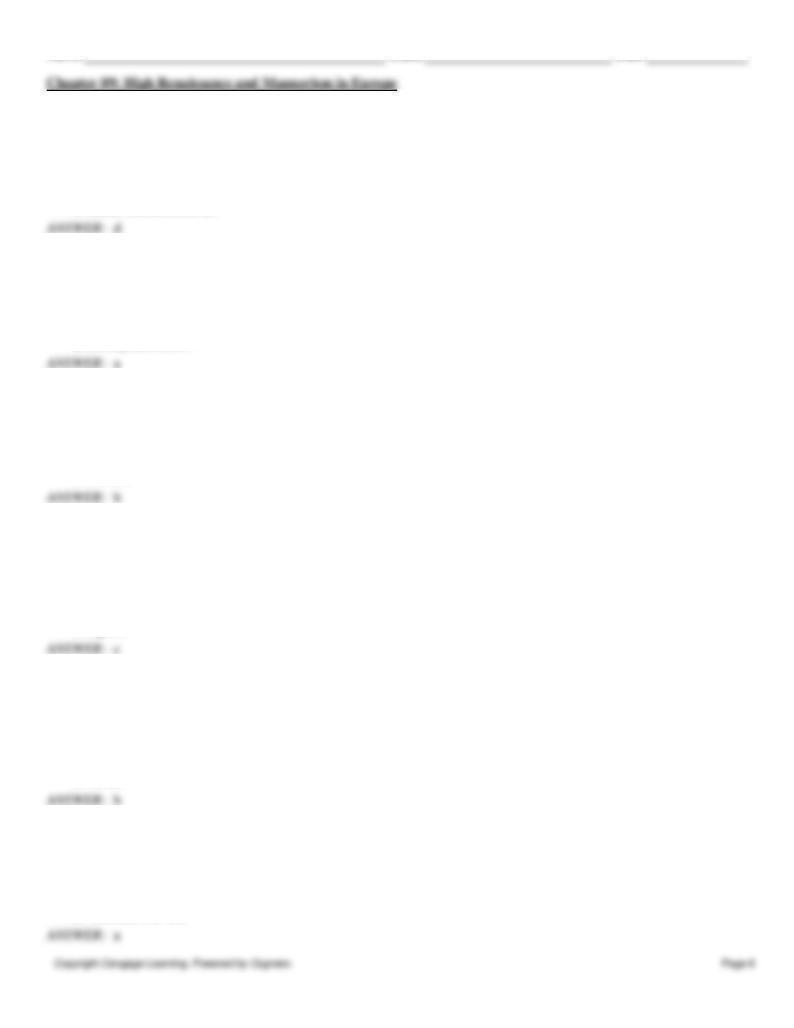
Name:
Class:
Date:
32. Albrecht Dürer is considered to be the first artist north of the Alps to understand the principles of _____.
a.
Byzantine art
b.
Jan van Eyck
c.
abstract shapes
d.
Italian Renaissance art
33. The poses of Adam and Eve in Dürer’s Fall of Man were based on _____.
a.
ancient statues
b.
real people
c.
the French ambassadors
d.
Hironymus Bosch
34. The exacting and detailed style of Hans Holbein is consistent with _____.
a.
colorito
b.
15th-century Flemish art
c.
Venetian art
d.
sfumato
35. The long gray shape in Holbein’s The French Ambassadors that becomes a skull when viewed from a specific angle is
called _____.
a.
vanitas painting
b.
a memento mori
c.
an anamorphic image
d.
a genre
36. Which artist applied for a position by telling his prospective patron that he could “contrive various and endless means
of offence and defense”?
a.
Raphael
b.
Leonardo da Vinci
c.
Michelangelo
d.
Titian
37. El Escorial is a _____.
a.
palace and monastery
b.
country home and school
c.
chateau and royal academy
d.
villa and convent
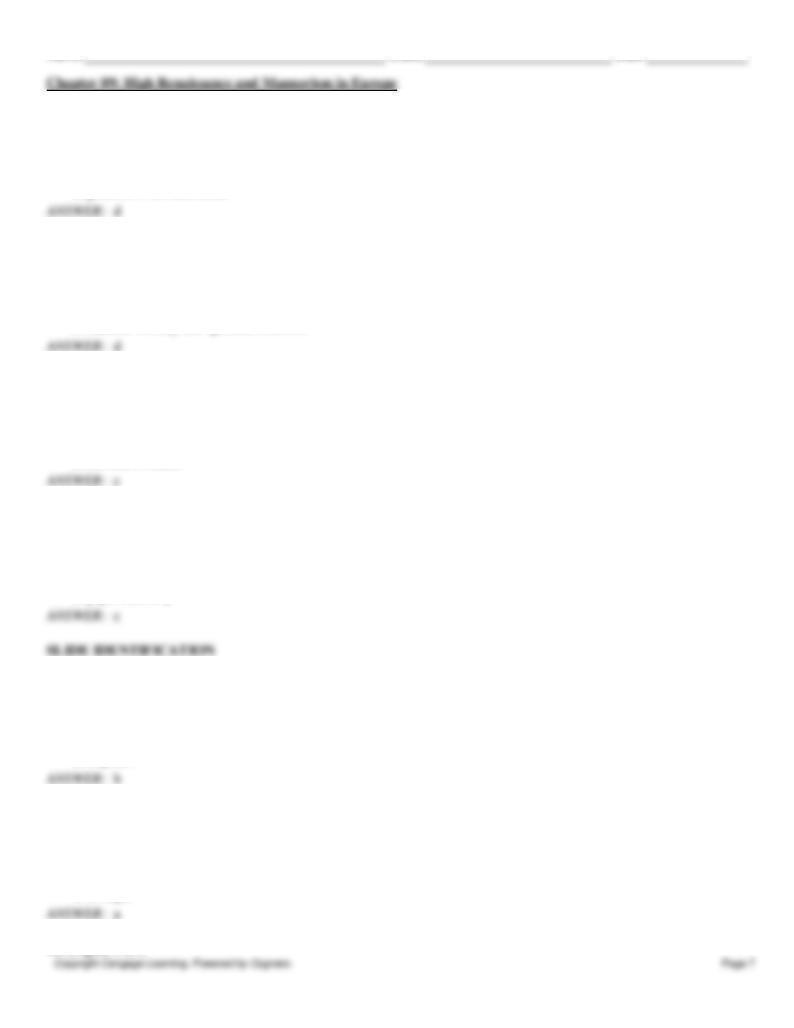
Name:
Class:
Date:
38. The plan of El Escorial is supposedly based on the _____.
a.
cross of St. Peter
b.
sword of St. Paul
c.
arrows of St. Sebastian
d.
gridiron of St. Lawrence
39. Quinten Massys’s Money-Changer and His Wife warns viewers to _____.
a.
prepare for the Last Judgment
b.
save money and donate to the church
c.
avoid sin and work hard
d.
balance worldly and spiritual concerns
40. The first known northern European self-portrait by a woman is by _____.
a.
Levina Teerlinc
b.
Judith Leyster
c.
Caterina van Hemessen
d.
Lavinia Fontana
41. Pieter Aertsen’s Meat Still-Life is an allegory of _____.
a.
greed
b.
prosperity
c.
salvation
d.
papal authority
42. (Figure 9-18)
a.
Leonardo da Vinci
b.
Titian
c.
Parmigianino
d.
Raphael
43. (Figure 9-12)
a.
Bramante
b.
Palladio
c.
Michelangelo
d.
Bruegel
44. (Figure 9-27)
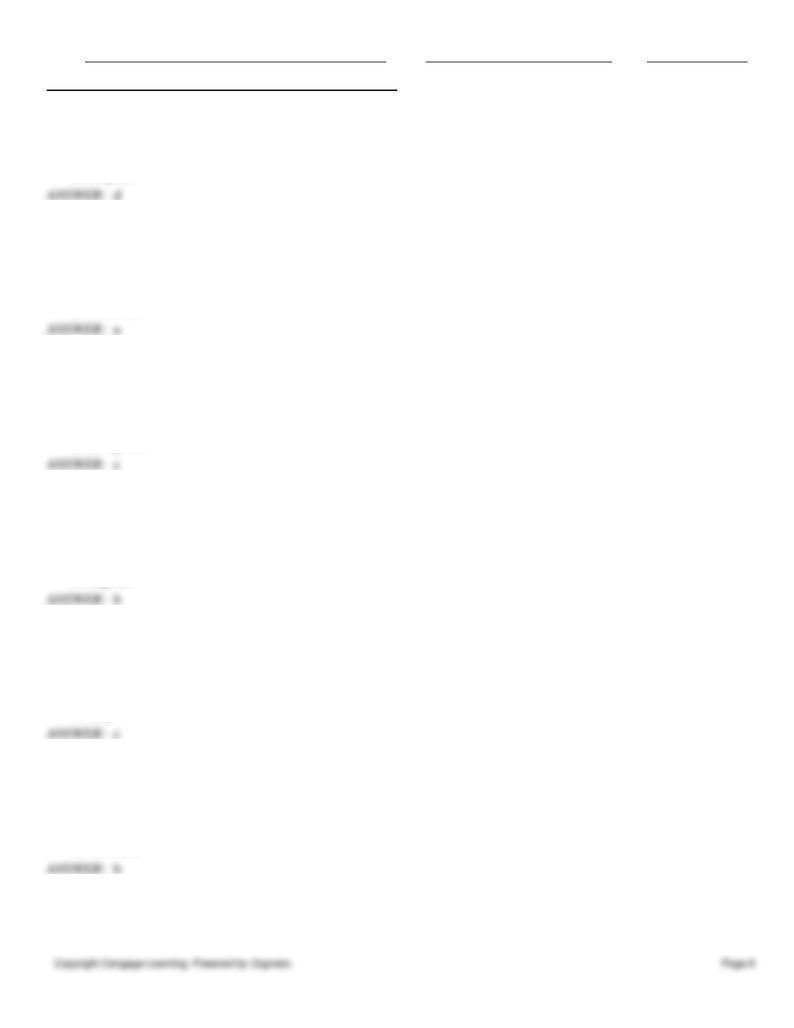
Name:
Class:
Date:
Chapter 09: High Renaissance and Mannerism in Europe
a.
town hall
b.
middle-class home
c.
palace
d.
hospital
45. (Figure 9-22)
a.
Parmigianino
b.
Pontormo
c.
Bronzino
d.
Tintoretto
46. (Figure 9-6)
a.
Michelangelo
b.
Leonardo
c.
Raphael
d.
Giorgione
47. (Figure 9-8)
a.
Leonardo
b.
Michelangelo
c.
Titian
d.
Raphael
48. (Figure 9-39)
a.
Holy Roman Empire
b.
France
c.
Spain
d.
Italy
49. (Figure 9-19)
a.
Raphael
b.
Titian
c.
Giorgione
d.
Veronese
50. (Figure 9-23)
a.
Pontormo
b.
Parmigianino
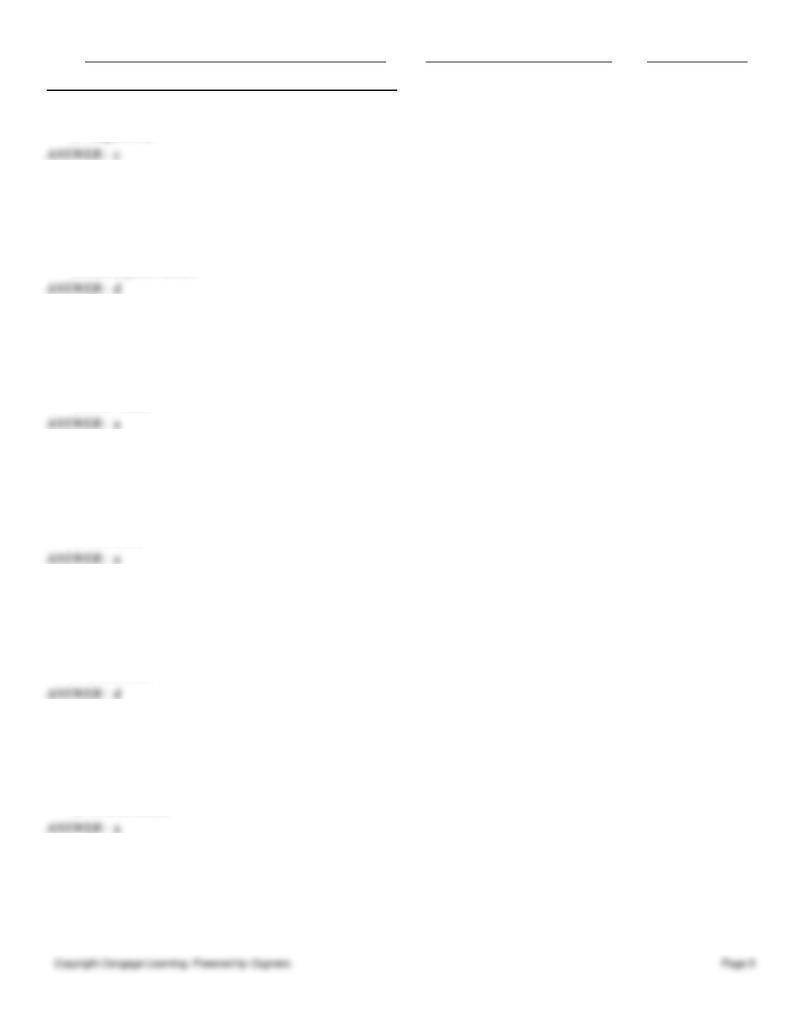
Name:
Class:
Date:
Chapter 09: High Renaissance and Mannerism in Europe
c.
Bronzino
d.
Anguissola
51. (Figure 9-33)
a.
Pieter Bruegel
b.
Caterina van Hemessen
c.
Pieter Aertsen
d.
Hieronymus Bosch
52. (Figure 9-30)
a.
Four Apostles
b.
French Ambassadors
c.
Church Fathers
d.
Four Saints
53. (Figure 9-25)
a.
Giambologna
b.
Titian
c.
Holbein
d.
Tintoretto
54. (Figure 9-27)
a.
Holbein
b.
Dürer
c.
Bruegel
d.
Grünewald
55. (Figure 9-32)
a.
Château de Chambord
b.
Tempietto
c.
Escorial
d.
Villa Rotunda
56. (Figure 9-35)
a.
Holy Roman Empire
b.
The Netherlands
c.
Venice
d.
Spain
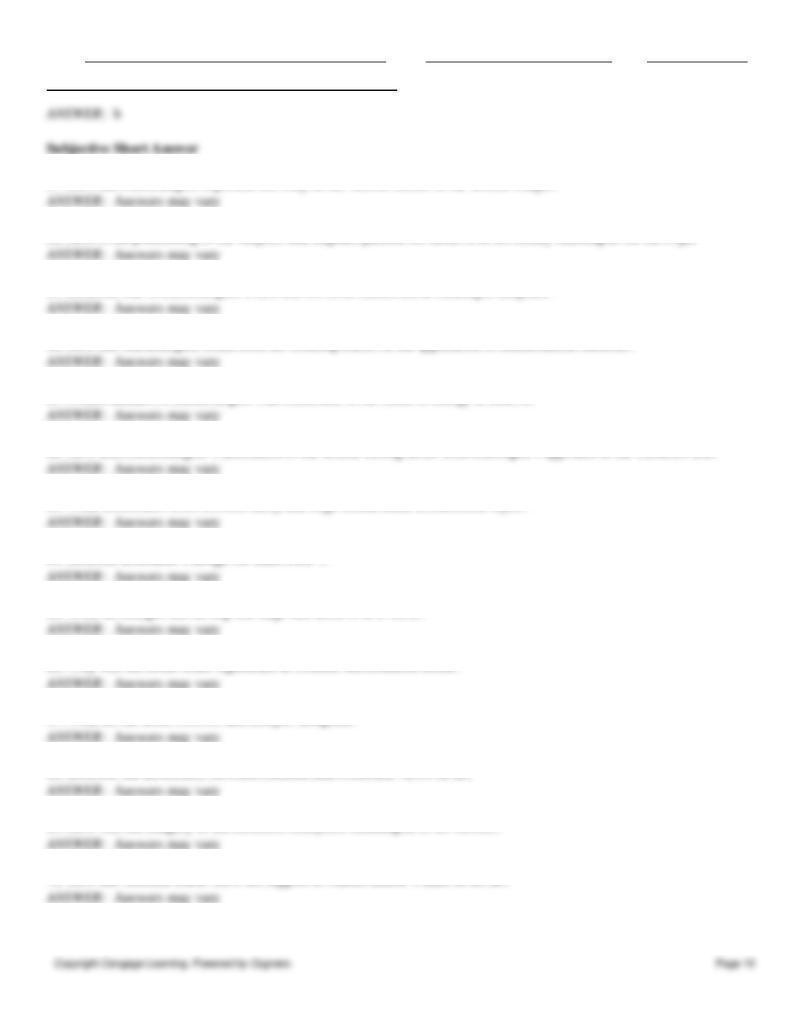
Name:
Class:
Date:
Chapter 09: High Renaissance and Mannerism in Europe
57. How did Michelangelo represent the body in the various scenes in the Sistine Chapel?
58. How is the positioning of the subjects that Raphael painted for Julius II in his library meaningful for the Pope?
59. Describe one of Michelangelo’s best-known observations about creating a sculpture.
60. How did Michelangelo break from his contemporaries in the application of mathematical methods?
61. Which features of Michelangelo’s art contribute to the sense of energy in reserve?
62. How does Michelangelo’s decoration of the Sistine ceiling differ from Mantegna’s approach to the Camera Picta?
63. What differences exist between Early and High Renaissance architectural styles?
64. Describe Bramante’s design for Saint Peter’s.
65. What advantages did having one large hall achieve at Il Gesù?
66. Why was the Jesuit order significant in Counter-Reformation Rome?
67. What do the terms colorito and disegno designate?
68. Describe the differences between Catholic and Protestant views on art.
69. How was the imagery of the Isenheim Altarpiece meaningful to its viewers?
70. How did Albrecht Dürer show his support of Martin Luther’s ideas in his art?
71. Explain how Michelangelo adjusted Bramante’s plan for the New St. Peter’s and his purpose for the changes.
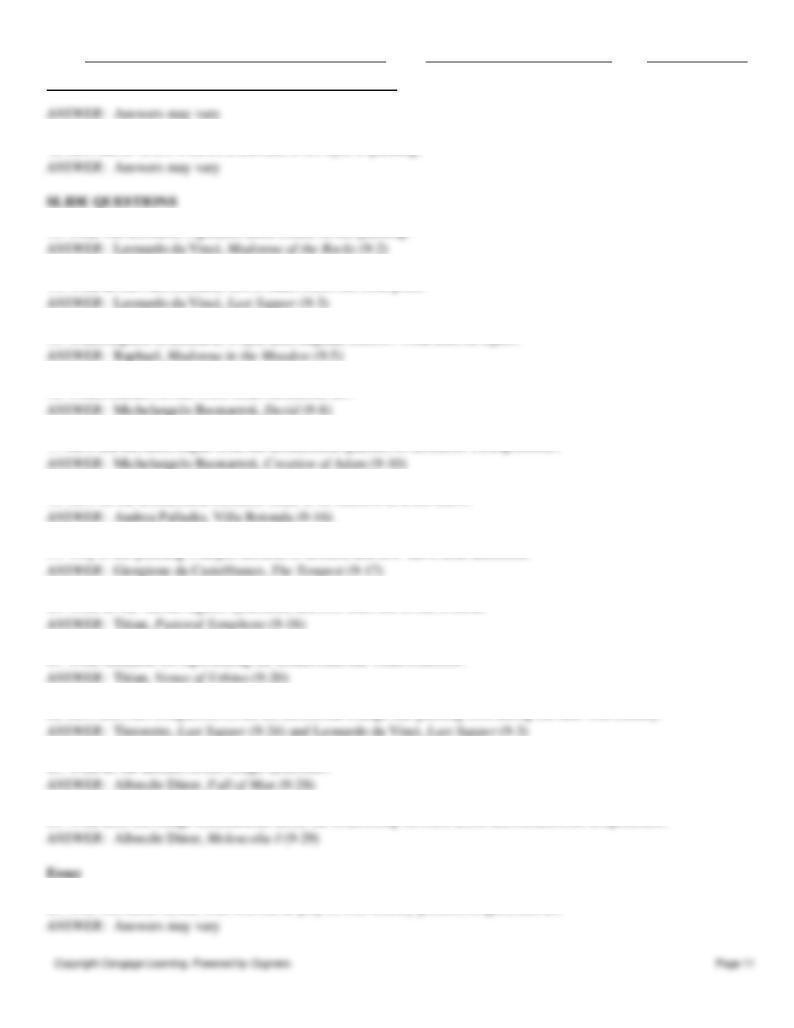
Name:
Class:
Date:
Chapter 09: High Renaissance and Mannerism in Europe
72. How did El Greco’s travels contribute to his style of painting?
73. What was Leonardo’s greatest achievement in this painting?
74. What devices did Leonardo use to make Christ the focal point?
75. Which aspects of Leonardo’s style does Raphael borrow? What does he reject?
76. Which features of this work recall Hellenistic art?
77. How did this artist depart from the architectural qualities of Leonardo’s compositions?
78. How do the architectural elements relate to its function as a belvedere?
79. Why is this painting’s subject difficult to discern, and how has it been identified?
80. What do the various figures symbolize, and how does this evoke a mood?
81. What standards for representing the female nude did Titian establish?
82. How does this comparison reveal the directional change that painting took during the later 16th century?
83. What do the animals in this image symbolize?
84. What does this image communicate about the relationship between artists and melancholic temperament?
85. Who was Julius II, and what role did he play in 16th-century politics, religion, and art?
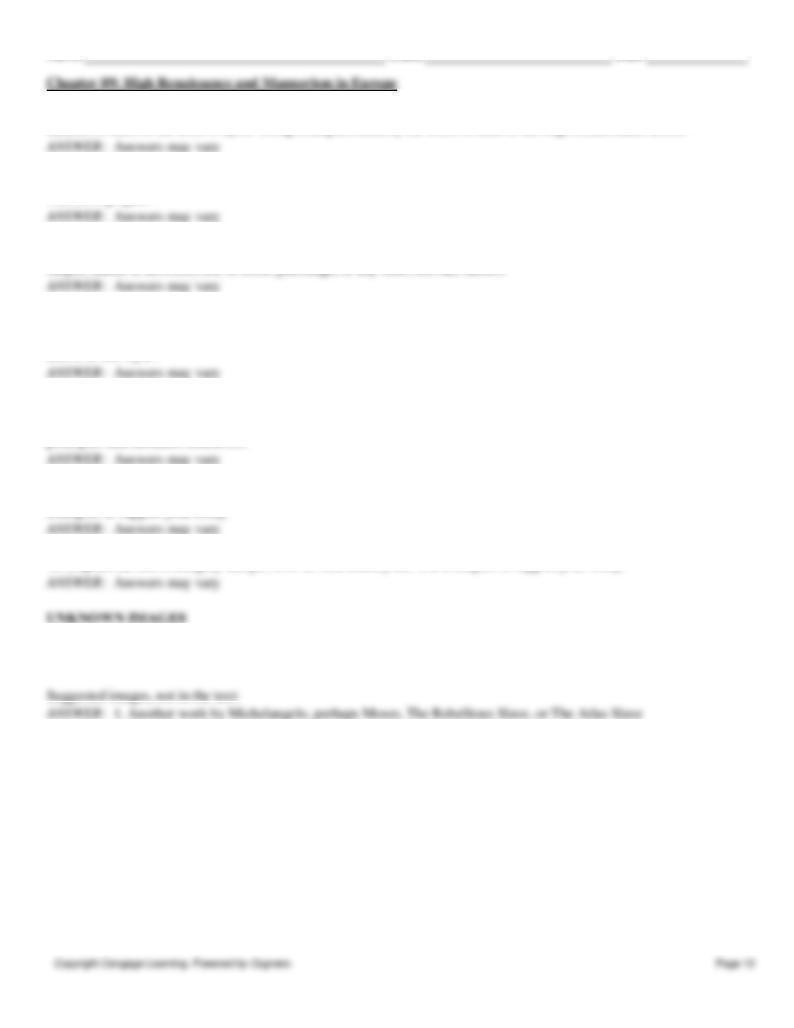
Name:
Class:
Date:
86. What common features tie the High Renaissance artists together? Despite some commonalities what are the unique
features of each of the artist’s styles. Using examples, identify the focus of each of the High Renaissance artists.
87. Discuss the different artistic projects initiated by Julius II. How did these contribute to his goals and the image that he
wanted to project?
88. Describe the different approaches to art during the High Renaissance in central Italy and Venice. Please consider the
subject matter of artworks, use of color, patronage, or any other relevant factors.
89. What does the term Mannerism describe? Citing examples, explain how the artists or works fall under the Mannerist
label. Please consider the figural style, color, presentation of the subject, and other relevant factors. Why were artists
drawn to this style?
90. Albrecht Dürer is described as the first true Renaissance artist north of the Alps. Which elements of his life and art
contribute to this designation? Citing examples, provide evidence of Dürer’s engagement with Italian Renaissance
principles and humanist endeavors.
91. How did Italian architects working in the 15th and 16th centuries adjust classical architecture to suit their needs? Use
examples to support your essay.
92. Explain the use of allegory and proverbs in 16th-century art. Use examples to support your essay.
93. Attribute the images on the screen to a culture and give an approximate date. Give the reasons for your attributions,
using complete sentences and referring to specific works discussed in class.
2. Another work by Raphael, perhaps another Madonna and Child
3. Another work by Giorgione, perhaps Sleeping Venus
4. Another work by Dürer, perhaps a portrait
5. Another work by Pieter Bruegel, perhaps Netherlandish Proverbs